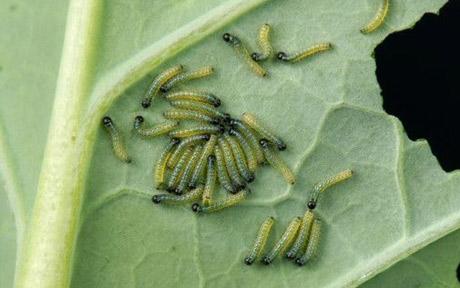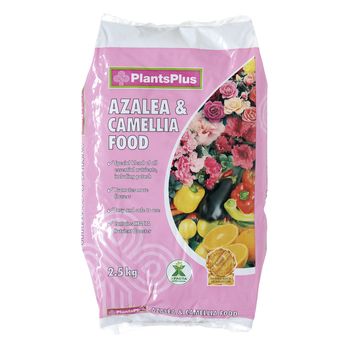Time to Plant...
|
Beautiful Brassicas |
Glorious Camellias |
|
|
Brassicas are a broad family of plants including cabbages, kale, broccoli, cauliflower and brussel sprouts.
Planting Brassicas can be grown easily in either pots or garden beds. If planting into the garden, mix a good amount of Groganic into the soil so help get them established. If planting into pots use a good quality Premium potting mix such as Terracotta & Tub. Water your brassicas in thoroughly and ensure they don't dry out.
Care 
Brassicas are extremely susceptible to damage by the caterpillar of the Cabbage White Butterfly. Dust the tops of the leaves once a fortnight with Yates Tomato & Vegetable dust to keep them protected.
Feeding your brassicas with an organic liquid fertilizer, such as Maxicrop, fortnightly will ensure strong, healthy plants and a bumper crop.
Harvest How you harvest your brassicas will depend on the type you are growing. Large broccolis, cauliflowers and cabbages (brassicas with large flowering heads) are usually harvested all at once at the end of winter. Kale leaves can be picked at any time as the plant is growing. Brussel sprouts and broccolini varieties can be harvested as each flower head grows, without having to harvest the entire plant at once. |
Camllias are a fantastic winter flowering shrub with deep green glossy foliage, which looks lush and green all year round, with flowers in tones of pink, red, white and cream. varieties include Asakura, Sweet Jane and Voulunteer, all of which flower for 6 months at a time.
Camellias prefer a semi-shaded position - the south west side of the house, or dappled shade under trees is ideal. They will grow in full sun, especially the Sasanquas, but protection from strong sun and wind is best. Camellias are shrubs from evergreen forests and are therefore suited to a soil with a high content of organic matter and slightly acid in ph. Plant your camellias into a well broken down compost such as Plants Plus Groganic. As camellias are a shallow rooted plant, extra watering may be required through the first few years. Once the camellia is established however, they are quite dry tollerant plants.
Care To keep moisture in the soil from evaportaing, use a good bark mulch like Pine Mulch to a depth of 4 - 7cm over the root zone. 
Feed with an acid fertiliser such as Azalea/Camellia food immediately after flowering has ceased, and once more during the growing season. Prune after flowering, for shape only. Camellias can be trained into pillars, balls, standards and ground covers if desired. |

